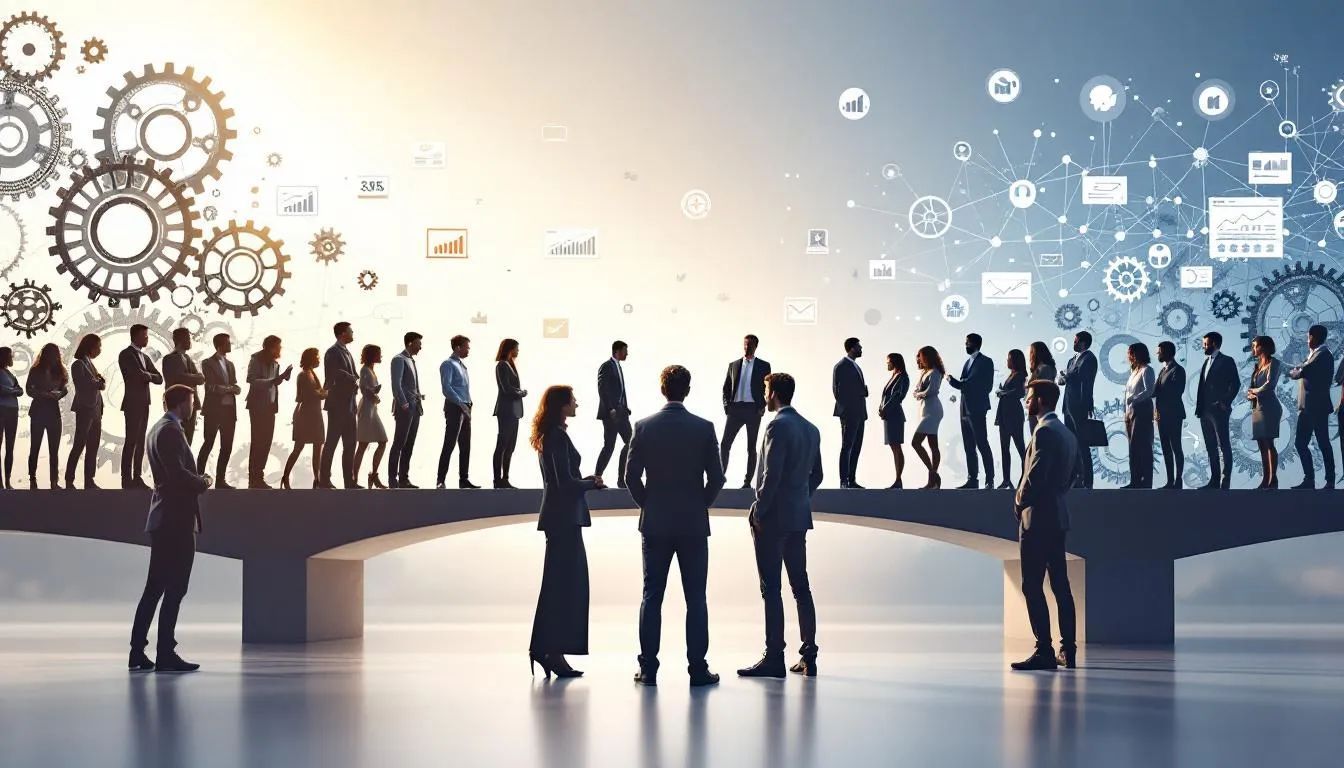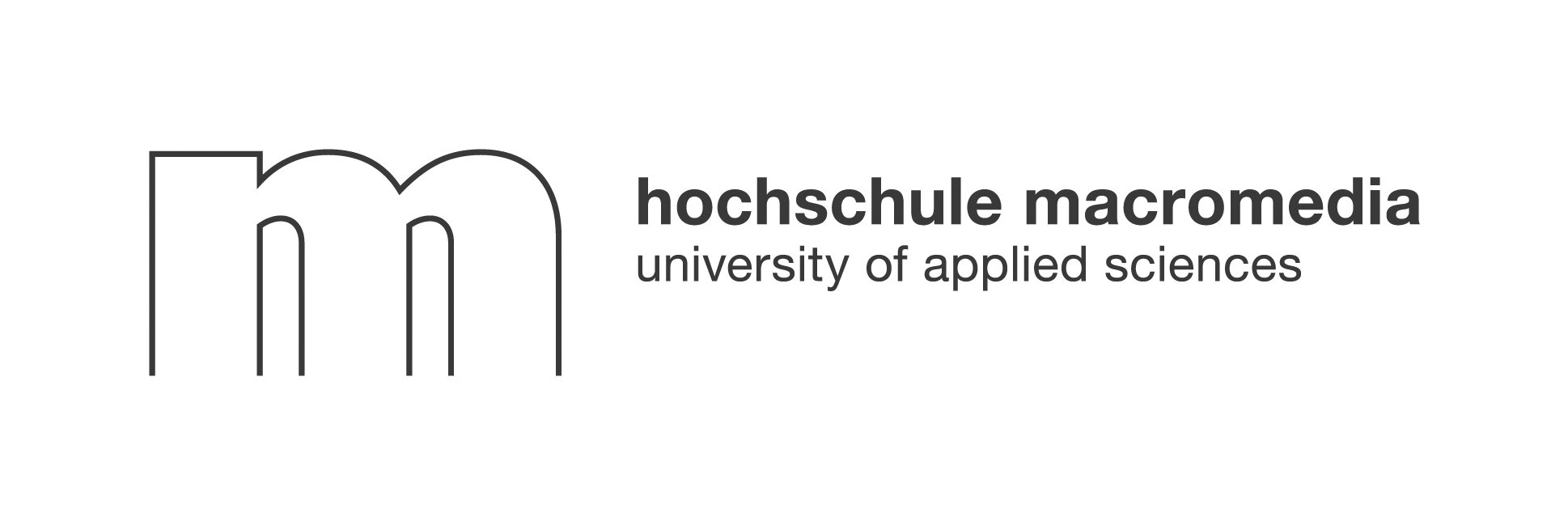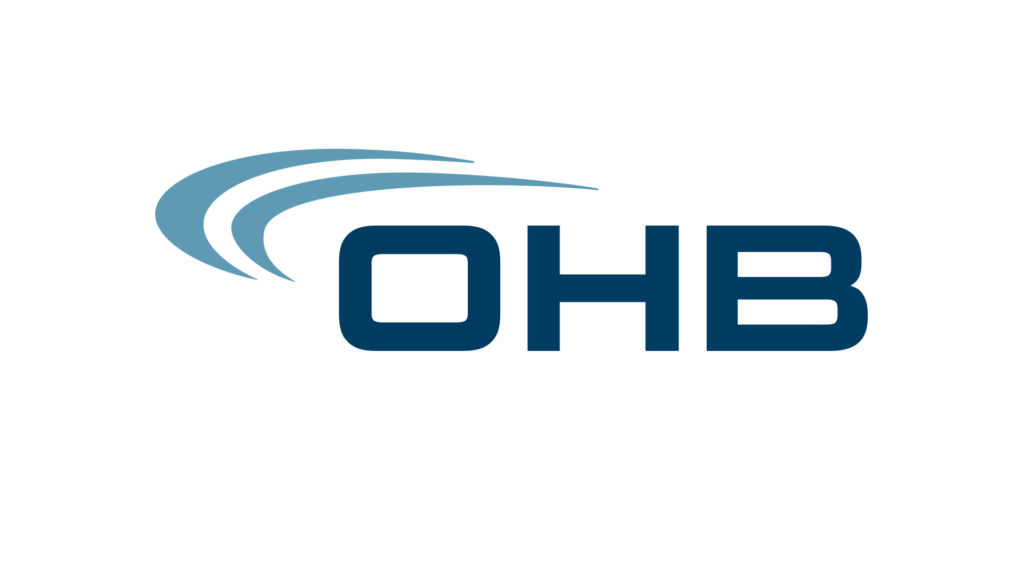In 2025, the conversation around work has shifted. Moving from human resources to human relations isn’t just a trendy slogan—it’s a blueprint for how organizations can thrive in a hybrid, fast-evolving world. As technology and automation accelerate, companies face a crucial question: How do you keep people engaged, connected, and fulfilled when the workplace is everywhere, and routines are increasingly digital?
The answer starts and ends with humans. Every innovation, every leap in productivity, and every spark of creativity is rooted in the quality of relationships at work. Yet, traditional HR systems—designed for an industrial era—often leave emotional engagement behind. The result? Disengagement, high turnover, and a lack of purpose that costs economies billions. But there’s a new way forward, and it’s centered on authentic human connection.
Let’s explore how moving from human resources to human relations, powered by AI-driven platforms like Neroia, is transforming workplace culture and unlocking the true potential of every team.
From Personnel Files to Partnerships: Why the Human Resources Mind-set Is Losing Traction
The industrial origins of HR and the “cogs in a machine” legacy
Human Resources as a function was born in the factories and offices of the early 20th century. Back then, the focus was on efficiency, compliance, and control. Employees were seen as resources—like machinery or capital—to be managed, optimized, and sometimes replaced. HR’s main tasks revolved around payroll, record-keeping, and enforcing rules. This “cogs in a machine” mentality made sense for repetitive, predictable work, but it left little room for individuality or creativity.
“At one end there are those where people are seen as cogs in a machine, to be controlled and corralled to be as productive as possible in usually repetitive non-intrinsically engaging work where change occurs slowly and efficiency is the recipe for success.”
— Michael McIntosh, MBA MCouns
Modern employee expectations that classical HR can’t meet
Today’s employees expect more than a paycheck and a set of policies. They want purpose, belonging, and the chance to grow. Hybrid and remote work have amplified the need for personalized engagement and authentic connection. But classical HR often struggles here. Transactional processes, rigid systems, and one-size-fits-all programs can’t deliver the sense of community or psychological safety that modern teams need. As a result, Gallup reports that only 9% of employees in Germany feel emotionally engaged at work, and half are considering leaving their company within a year. The cost of disengagement is staggering—estimated at €167 billion for the German economy alone.
What “Human Relations” Actually Means in 2025
A brief look at the human relations movement and Theory Y
The human relations movement emerged in the 1930s as a response to the limitations of scientific management. Pioneers like Elton Mayo discovered that social bonds, trust, and recognition were powerful drivers of motivation and performance. Later, Douglas McGregor’s Theory Y reframed workers as self-motivated, creative, and capable of self-direction—if given the right environment. Human relations theory put people, not processes, at the center.
Core pillars: trust, autonomy, shared purpose
In 2025, moving from human resources to human relations means building organizations on three pillars:
- Trust: Employees are given the benefit of the doubt and the freedom to contribute in their own way.
- Autonomy: People have a say in how, when, and with whom they work.
- Shared Purpose: Teams rally around a mission that matters, aligning individual growth with company goals.
This approach recognizes that people bring their full selves to work—ideas, emotions, and aspirations included.
Human Resources vs. Human Relations: Side-by-Side Differences That Matter
Policy enforcer versus culture architect
HR professionals have traditionally acted as the rule-keepers—ensuring compliance, managing risks, and handling disputes. In contrast, a human relations approach sees leaders as architects of culture, curating experiences that foster trust, openness, and collaboration. Instead of just preventing problems, they proactively design environments where people can thrive.
Process metrics versus relational metrics
Classic HR tracks processes: how quickly vacancies are filled, how many trainings are completed, or how many policy violations occur. Human relations, on the other hand, measures the quality of relationships—using tools like engagement pulse surveys, social network analysis, and feedback on psychological safety. The focus shifts from ticking boxes to creating meaningful connections.
The Payoff of a Human Relations Approach for Organisations
Engagement, innovation and retention data you can’t ignore
The benefits of moving from human resources to human relations are both human and financial. According to Gallup, organizations in the top quartile for staff engagement enjoy:
- 21% higher profitability
- 17% higher productivity
- 41% lower absenteeism
- Up to 59% less turnover
Engaged employees innovate more, stay longer, and deliver better customer experiences. They’re not just showing up—they’re bringing their best selves to work.
Reputation, recruitment and CSR ripple effects
A workplace built on human relations becomes a magnet for talent. Word spreads quickly about environments where employees feel seen, heard, and valued. Companies with strong relational cultures are more likely to be viewed as employers of choice, attracting quality applicants and reducing wage pressures. The ripple effects extend to corporate social responsibility (CSR), as organizations that prioritize people become trusted partners in their communities.
“For businesses that boast of CSR as a corporate value, there is no greater evidence than placing the organisation firmly within a social context for team members, business partners, customers and society as a whole.”
— Michael McIntosh, MBA MCouns
Moving from Human Resources to Human Relations: A Five-Step Roadmap
Ready to make the shift? Here’s a practical, people-first path:
- Reframe language and symbols
Replace “resources” with “relations” in job titles, policies, and communications. Use visuals and stories that celebrate connection and collaboration. - Co-create a people-first charter
Invite employees to help define the values, behaviors, and rituals that shape your culture. Make it a living document, not a static plaque. - Upskill leaders in empathy and conflict resolution
Train managers in emotional intelligence, active listening, and mediation. Empower them to support—not just supervise—their teams. - Embed relational metrics into OKRs
Track engagement, belonging, and psychological safety alongside business goals. Use pulse surveys and social network analysis to measure progress. - Celebrate quick wins and iterate
Highlight stories of connection and growth. Recognize teams and individuals who embody your new culture. Refine your approach based on feedback.
“The workplace of the future won’t be defined by the KPIs you hit—but by the quality of the relationships you create.”
— Neroia Vision
New Skills HR Professionals Need in a Human Relations Era

The move from human resources to human relations isn’t just about new policies—it’s about new capabilities. Today’s people leaders need:
- Emotional intelligence and active listening: Understanding and responding to the feelings and perspectives of others.
- Data fluency for people analytics: Interpreting engagement scores, social network maps, and feedback trends to inform action.
- Facilitation and coaching techniques: Guiding teams through conflict, change, and growth with empathy and insight.
These skills help create workplaces where everyone feels safe to speak up, experiment, and connect.
How Neroia’s AI Platform Powers the Shift from Human Resources to Human Relations
Traditional HR tools often struggle to foster genuine human relations—especially in hybrid and remote environments. Transactional processes, mass emails, and generic events can leave employees feeling isolated or unseen. That’s where Neroia comes in, revolutionizing the move from human resources to human relations with AI-driven, personalized engagement.
Breaking silos with AI-curated micro-events
Neroia’s platform uses artificial intelligence to effortlessly discover and recommend small-group activities—like yoga sessions, cycling groups, mindfulness workshops, or cultural exchanges—tailored to each employee’s interests and schedule. These micro-events (typically 3-4 participants) are designed to spark authentic, informal connections across departments and hierarchies, breaking down silos that often form in hybrid or remote settings.
For example, in an OHB pilot, Neroia orchestrated yoga classes and company runs, coordinating participation through AI chat and integrating seamlessly with existing tools like Microsoft Teams and wellness apps. The result? Employees who might never have met found common ground, boosting morale and a sense of belonging.
Integrating with engagement tools and ensuring privacy
Neroia’s platform isn’t just another app—it’s a flexible layer that integrates with your current engagement ecosystem, from pulse surveys to recognition programs. AI-driven recommendations are based on anonymized, privacy-first analytics, ensuring that employee data remains secure while still providing actionable insights for HR leaders.
“Neroia’s core value proposition is fostering organic connections between coworkers through AI-driven recommendations of small-group activities tailored to individual interests and schedules. This minimizes planning friction and encourages authentic, informal interactions.”
— Neroia
Supporting hybrid and remote teams
In the new world of work, physical distance can quickly become social distance. Neroia bridges this gap by curating events that fit both in-person and virtual formats, ensuring that every employee—regardless of location—has opportunities to build meaningful relationships. The platform’s AI chat orchestrates coordination, sends reminders, and gathers feedback, making participation easy and enjoyable.
Measuring what matters
Instead of relying solely on traditional HR metrics, Neroia empowers organizations to track relational health—using engagement pulse surveys, participation rates, and anonymized network analysis. Leaders can see not just who’s attending events, but how connections are forming and where additional support is needed.
How to Measure Progress and Sustain Momentum
Moving from human resources to human relations is a journey, not a one-time project. To sustain momentum:
- Use engagement pulse surveys regularly to check the emotional climate.
- Apply social network analysis to map connections and identify isolated teams or individuals.
- Link relational health to business outcomes by tracking how improvements in belonging and engagement correlate with retention, innovation, and performance.
Celebrating quick wins—like increased participation in micro-events or positive feedback on new programs—helps build confidence and keeps the transformation on track.
The Future: Why Human Relations is the New Competitive Advantage
The workplace of the future will be measured not just by output, but by the vibrancy of its relationships. Empathetic leadership, psychological safety, and purpose-driven engagement are now essential for attracting and retaining top talent—especially among Gen Z and Millennial employees who crave social participation and belonging.
Neroia’s vision aligns perfectly with these trends, offering a platform that doesn’t just digitize HR processes, but re-centers the workplace on authentic human connection. By moving from human resources to human relations, organizations can unlock higher well-being, stronger retention, and greater productivity—turning every interaction into an opportunity for growth.
“It’s not about adding more benefits. It’s about creating belonging as a benefit... The real ROI begins not in return on investment, but in Return on Interaction.”
If you’re ready to break silos, cultivate vibrant relationships, and build a future-proof culture, Neroia is your partner on the journey from human resources to human relations. The best workplaces of tomorrow will be those where people are not just productive—but truly alive, connected, and inspired.
Let’s move forward, together.




